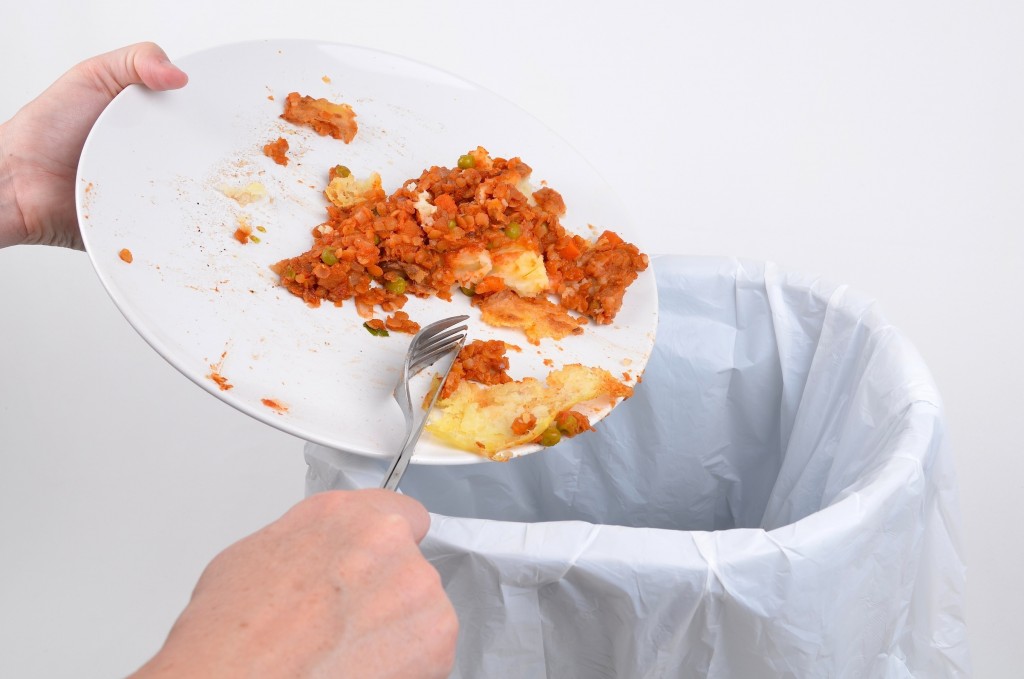From building the next hottest app to launching AI in manufacturing, there’s always a race to innovation. Tech brands and visionaries constantly think of ways to make our lives easier, even solving problems we never thought we had. Some of them are up to tackle one of the world’s dumbest issues: food waste.
Every year, 1.6 billion tons of food is wasted globally—that’s as hefty as 4,384 Empire State Buildings. Emerging technologies try to solve this issue by extending the shelf life of fruits and vegetables and connecting surplus food from businesses to local shelters and non-profit organizations.
When it comes to food waste, though, “race to innovate” may not be enough. Solving this issue requires putting the spotlight on two primary root causes: food overproduction and humans’ irrational tendencies.
Giant piles of food don’t always mean bountiful.
People find abundant displays of food appealing. Hotel breakfast spreads and all-you-can-eat buffets have always been a hit. You will rarely see a grocery store without tall pyramids of apples and lemons.
Supermarkets, hotels, and buffet restaurants, however, are notorious food wasters. Excess food in hotels and restaurants cannot legally be reused due to health code restrictions. Though they attract shoppers, overstocked displays in supermarkets still cause a $15 billion food loss in spoiled, unsold produce.
Overproduction of food doesn’t feed the hungry; it only allows businesses to create giant piles of food. Sure, people eat with their eyes first. But abundance isn’t the only secret to a visually appealing dish or food display. Some experts encourage buffet lines to embrace luxury rather than abundance. Instead of presenting an overflowing bread basket, hotels can place a small tray of neatly arranged fresh rolls.
We’re only human; we have some major blind spots on our food habits.
Businesses play a huge role in the world’s food waste problem, but consumers are to blame, too. We’re only human; we have some food aspirations and tendencies that don’t match reality, leading to food loss.
We treat our refrigerator as long-term storage.
Like an auto shop that has bought a four-post car lift to accommodate more vehicles, our refrigerators got bigger over time to let us store more food. But because they now have multiple shelves and layers, we tend to forget what we store in them. That is until we smell something rotten whenever we open them. The refrigerator has become just another stop for food before it makes its way to the trash can.
We shop full of healthy aspirations.
There’s nothing wrong with shopping lots of produce to plan your week of healthy meals full of colorful salads, avocado toasts, and herb-sprinkled veggie roasts. It only becomes a problem when you don’t follow through. The avocado in your counter won’t wait until you find time to cook—it will ripen and spoil.
We have food quirks, or we don’t always understand our food.

Some people don’t like eating the edge crust of a pizza. Others leave the garnish on the plate, thinking it’s just a decoration destined for the trash. You may call these food quirks. But in some cases, food quirks or biases are merely an alternative way to describe that people don’t always understand food. Often, we don’t eat something because of the fear it’s not safe to eat. Perhaps, it’s time to boost food literacy.
Food waste is dubbed as a dumb problem because we can easily solve it: let’s stop throwing away food. But it isn’t as simple as that. Systemic efforts from both businesses and individuals are necessary. Reimagining supermarkets and restaurants, reshaping consumer behaviors, reforming food literacy, and rethinking our individual choices may sound like hefty tasks—but these are good starting points.







